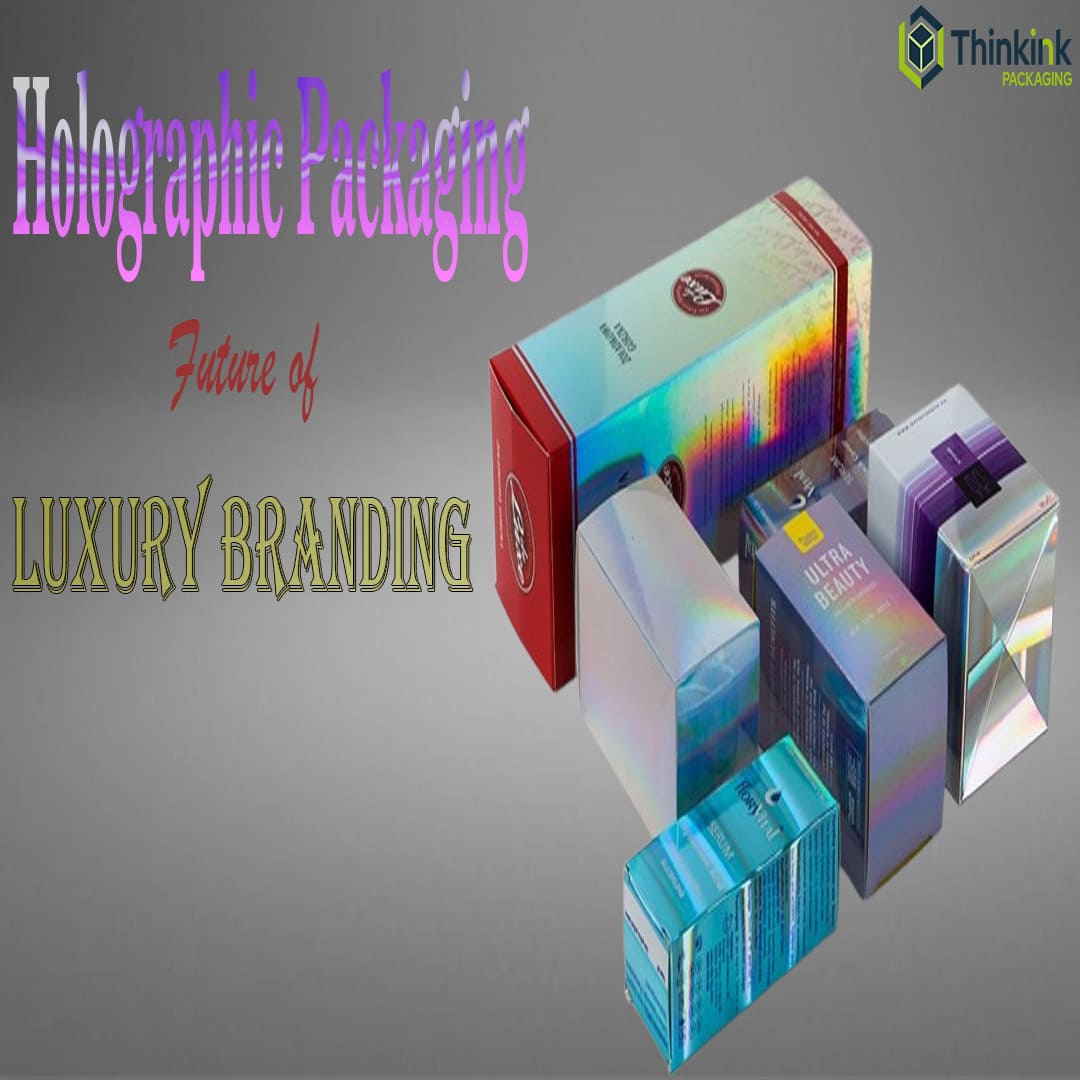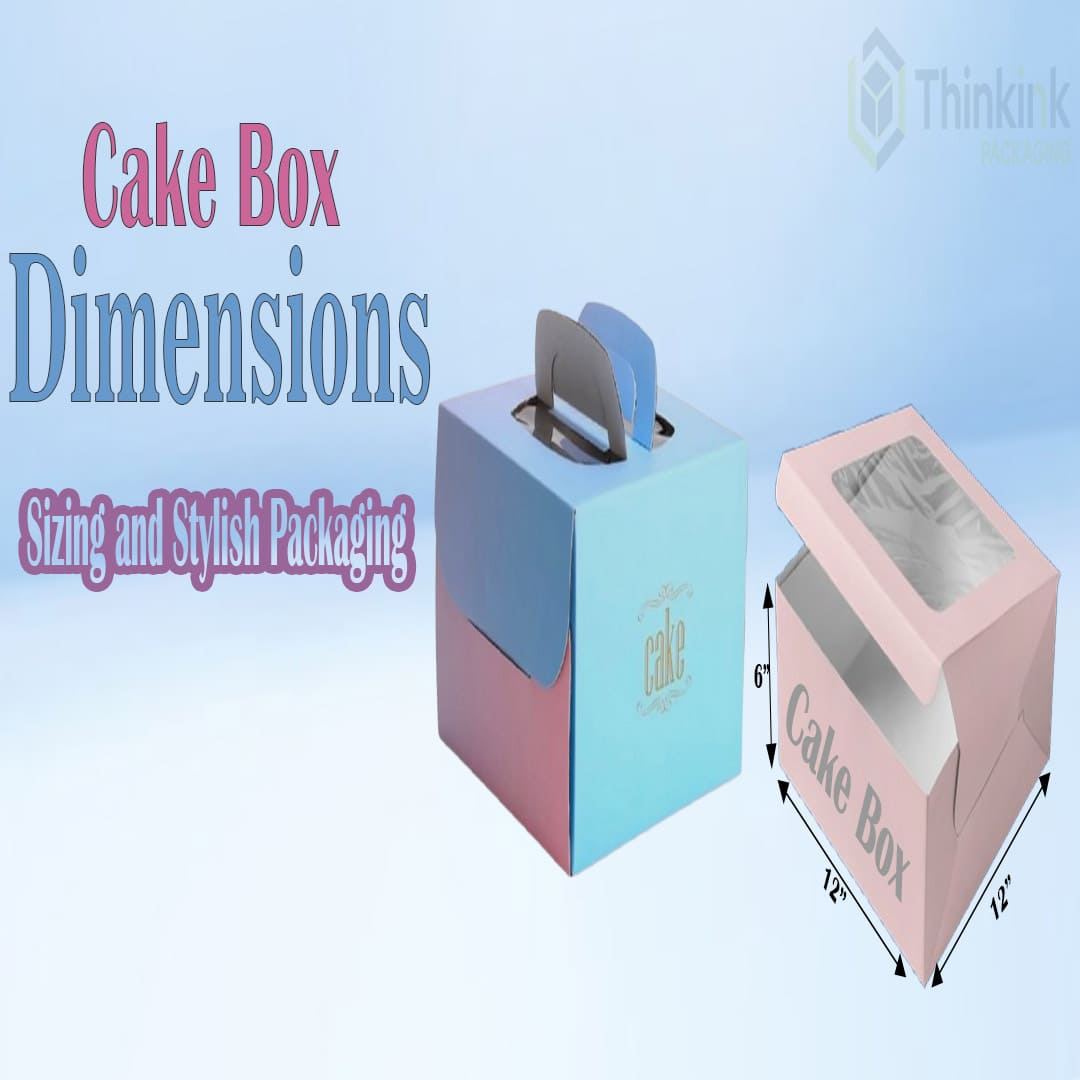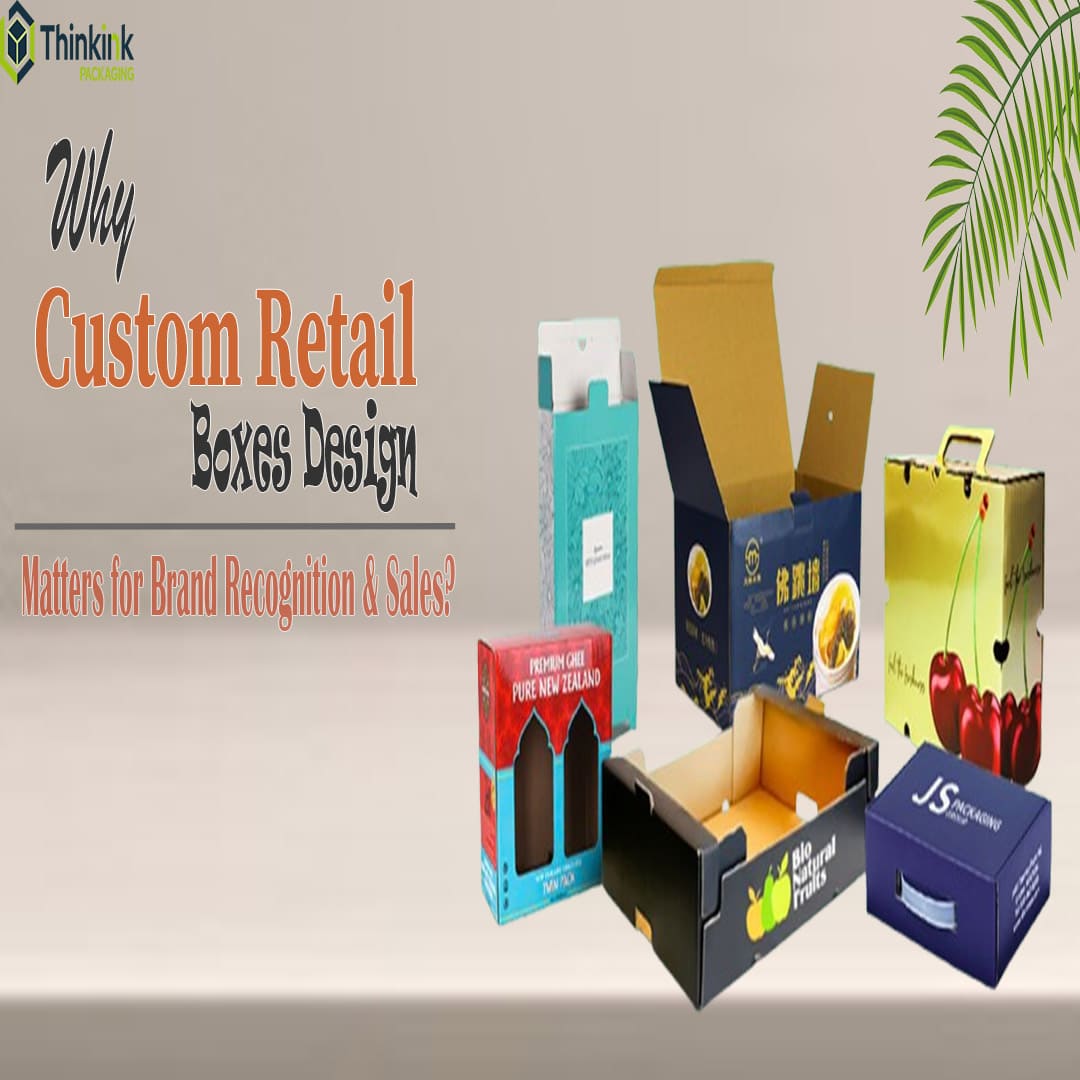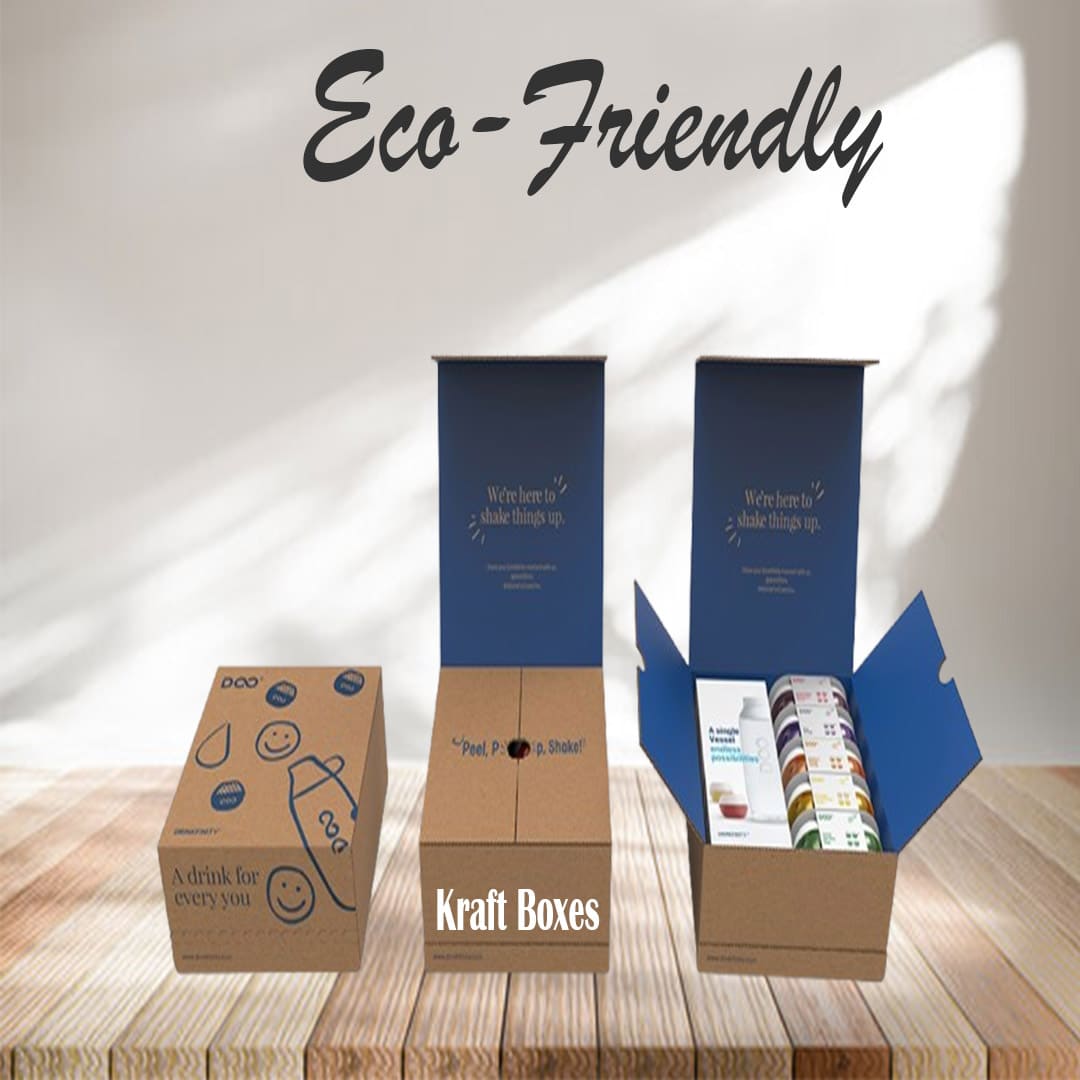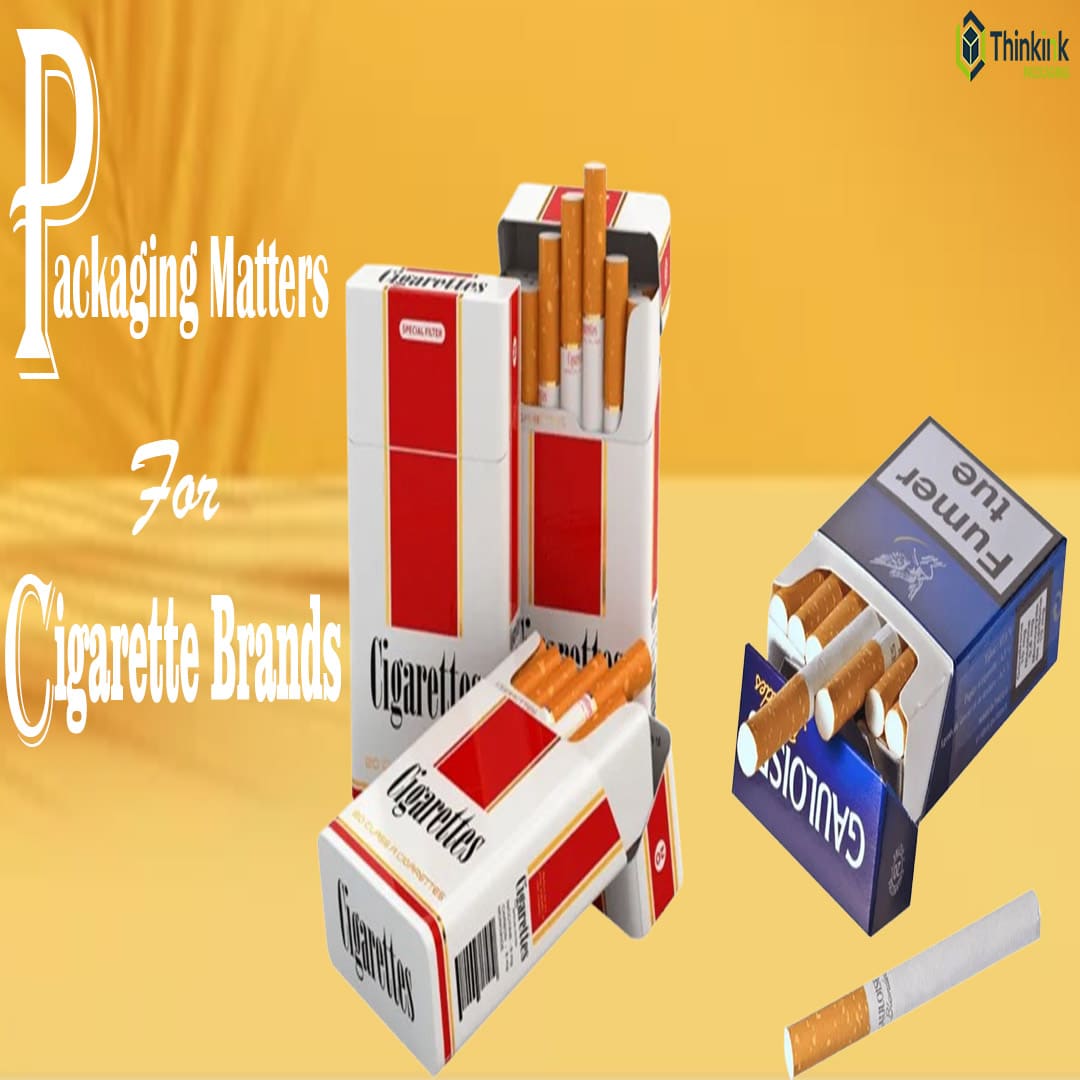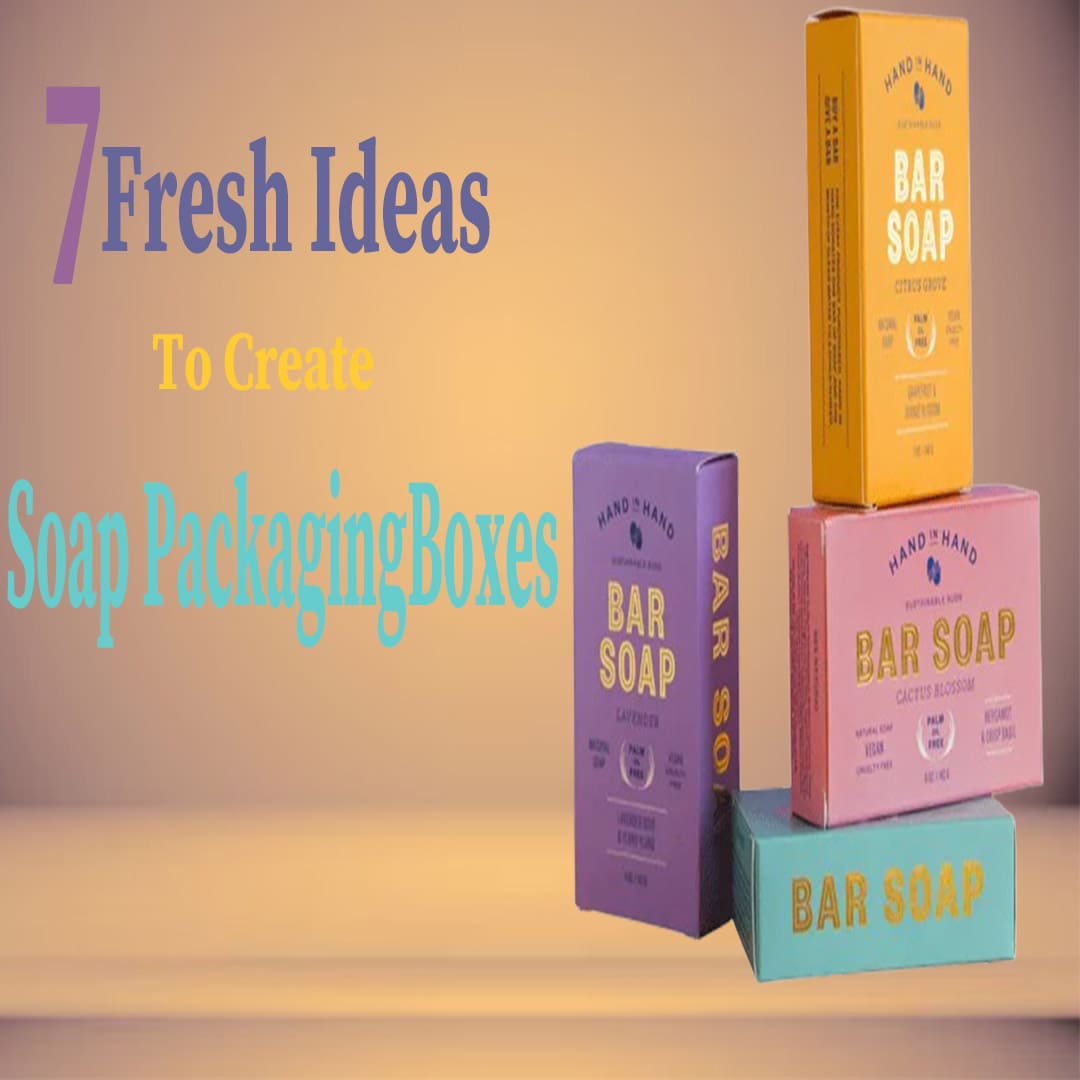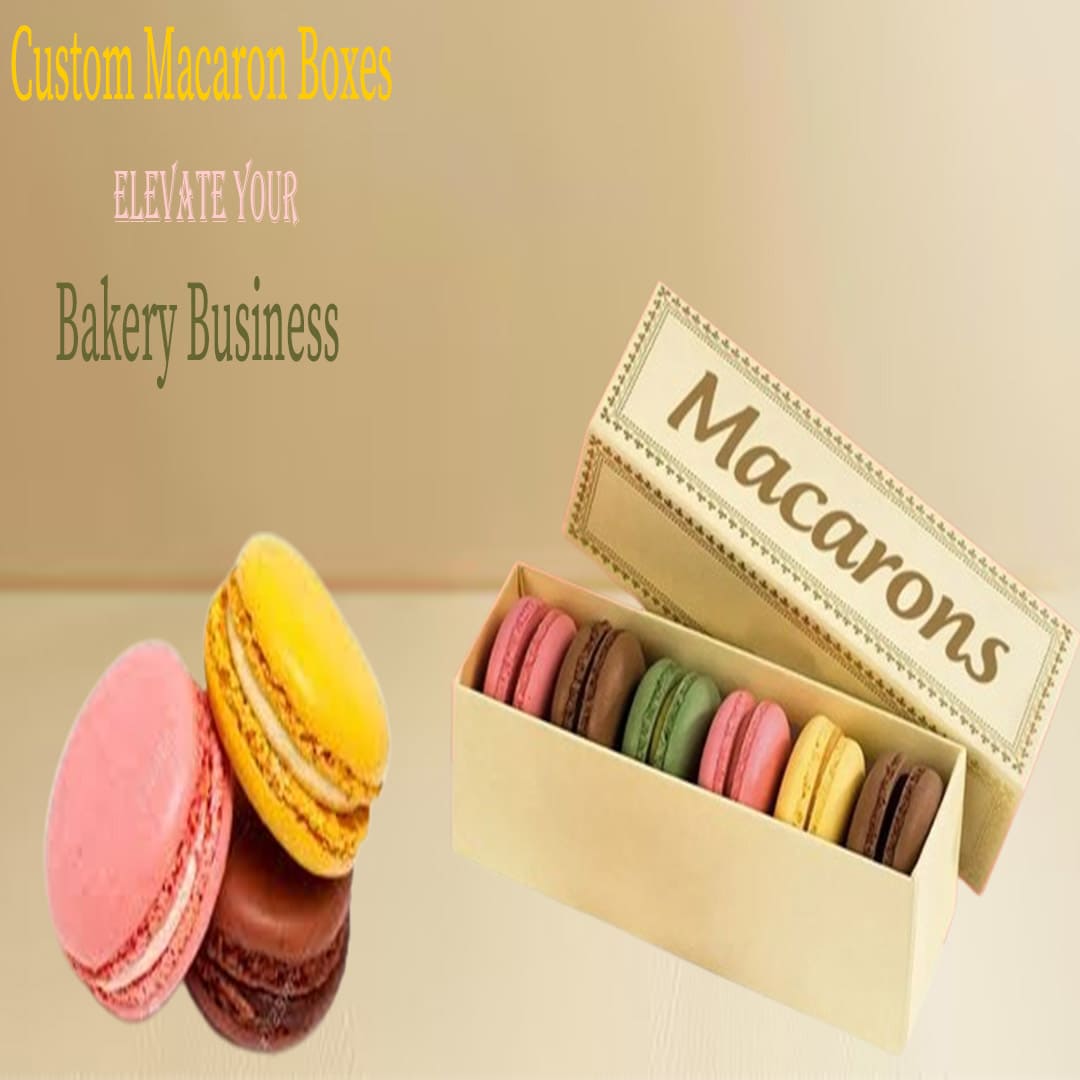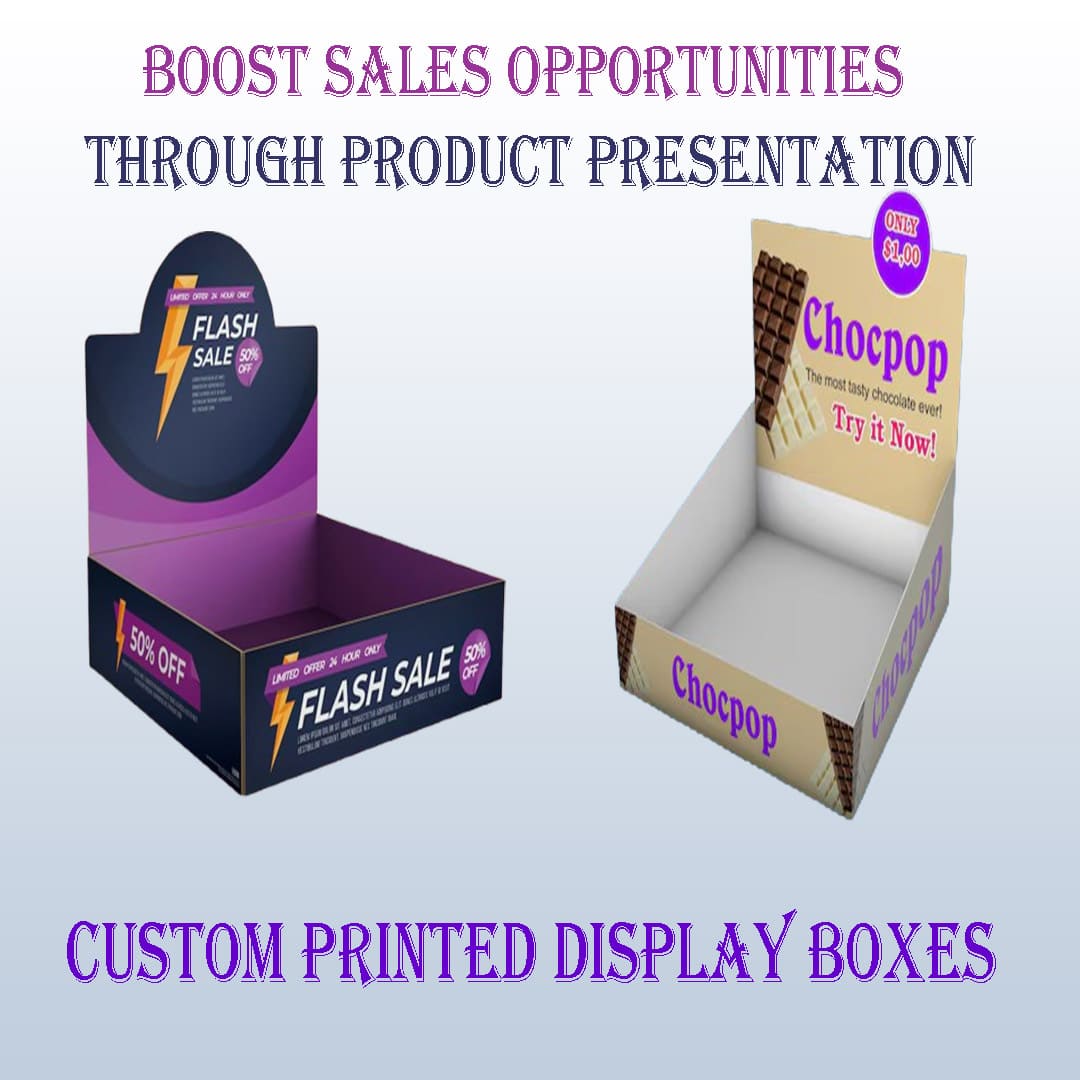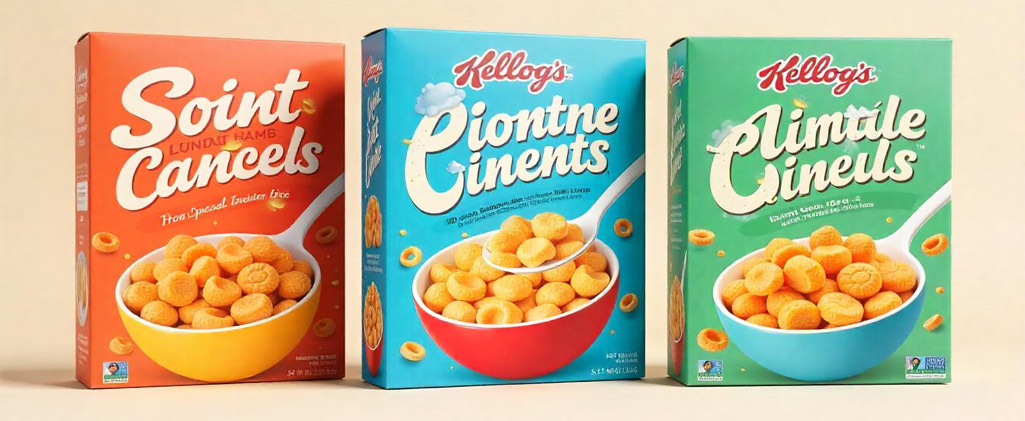
Table of Contents
In a busy grocery store, the first thing consumers notice when picking out their favorite breakfast is the packaging. The cereal aisle is packed with countless options, and what often helps one product stand out from another is its box design. Eye-catching cereal box packaging can do more than just hold the product. It can grab attention, build trust, and influence purchase decisions. But how exactly can brands use packaging design to engage consumers?
In this post, we will look at how good packaging connects with consumers. We will discuss cereal packaging trends, materials used, and design techniques. These elements help bring consumers back to a brand repeatedly.
Why Packaging Matters in the Cereal Market
Cereal is one of the most competitive sections in any grocery store. From big brands like Kellogg’s, Nestle, and General Mills to newer, health-conscious companies, the choices seem endless. With so much competition, cereal brands need to find ways to stand out, and that’s where the importance of packaging comes in.
A well-designed cereal box can:
-
Attract attention on the shelves
-
Communicate the brand's message clearly
-
Help consumers relate to the product
-
Reflect the quality and ingredients inside
Consumers might see a box as just packaging, but brands know that each design choice is strategic. It’s an opportunity to create a connection, build loyalty, and tell a story.
Key Cereal Packaging Trends
Trends in packaging design have evolved over the years, and today, brands are leaning towards customization and personalization. Here are a few trends dominating the cereal packaging world:
1. Bold and Vibrant Colors
The use of bright, bold colors is one of the most effective ways to grab consumer attention. For example, Coco Pops uses bright colors to attract children. In contrast, brands like Cheerios choose natural tones to support their heart-healthy message. The bold, saturated colors combined with recognizable mascots like Buzz Bee help create memorable experiences for consumers.
2. Gold Theme Graphics and Luxurious Designs
To differentiate premium products, some brands have started using gold theme graphics and even luxurious gold boxes. These designs create a sense of exclusivity and high quality. For example, special cereal packaging boxes may have gold foiling. This highlights unique ingredients or partnerships, such as those with the Olympics. These luxurious designs signal to the consumer that the product inside is worth the price.
3. Creative Use of Mascots
Mascots are not just fun characters; they are powerful branding tools. Many well-known cereal brands, like Wheaties, Honey Bunches of Oats, and Honeycomb, have mascots. These mascots help create emotional connections with consumers. Companies are now using mascots in new and creative ways. They are adding them to packaging designs. This helps tell a story or bring back memories for adults who grew up with the brand.
Learn More: Mastering the Art of Measuring Cereal Box Dimensions
The Importance of Material in Packaging
The look of a cereal box is crucial, but the materials used for the packaging are just as important. The choice of materials can impact both the practicality and sustainability of the product. Here are some of the most common materials used in cereal packaging:
1. Paperboard and Chipboard
Most cereal boxes are made from paperboard, a lightweight and recyclable material that is easy to print on. Another common material is chipboard, which offers similar benefits. Both materials are cost-effective and eco-friendly, making them popular choices for cereal packaging. Their flat, sturdy surfaces are perfect for showcasing custom printed cereal boxes.
2. Recyclable and Eco-Friendly Options
As more consumers look for eco-friendly products, brands are responding with sustainable packaging. Using recyclable materials, such as those found in custom made cereal boxes, helps appeal to environmentally conscious buyers. Brands like Nestle and General Mills are working to create 100% recyclable packaging. This trend is expected to keep growing.
Customization in Cereal Packaging
Today, one-size-fits-all packaging is a thing of the past. Cereal brands are using custom cereal boxes more often. These boxes show their unique identity and help them stand out on the shelves. Personalization helps build stronger connections with consumers. They are more likely to feel that the brand cares about their needs.
1. Flexible Sizes and Unique Formats
Brands now offer flexible sizes to cater to different consumer preferences. From single-serving boxes to family-size packs, brands are giving customers more options. Offering unique formats, such as snack-size or portable containers, helps appeal to on-the-go consumers.
2. Creative Special Box Layouts
Unique packaging formats like special box layouts are designed to stand out. Creative packaging helps brands connect with consumers. This can be a triangular box or a box that turns into a game for kids. Companies like Kellogg's have experimented with these designs to create a fun, interactive experience.
Engaging Design Elements
Packaging designs that are visually appealing and tactile can make all the difference in consumer engagement. Here are some key design elements that cereal brands are using to enhance their packaging:
1. Embossed Lettering
Embossed lettering is an excellent way to add a tactile element to packaging. When consumers pick up a box with raised, textured text, they think of quality and care. This technique appears on both premium and regular custom cereal boxes. It adds a touch of sophistication.
2. Printed Labels and Vinyl Stickers
Adding printed labels and vinyl stickers to cereal boxes helps brands share extra information. This can include promotions or special ingredients. For example, cereals that are high in whole grains and fiber often use bold labels. These labels attract shoppers who care about their health.
3. Nostalgic Brands
Many cereal brands have built their reputations over decades. Using nostalgia is a strong way to connect with older consumers. These consumers remember brands like Golden Crisp and Wheaties from their childhood. Vintage-inspired packaging and limited-edition boxes with retro designs can attract both old and new buyers.
Meeting Consumer Expectations with High-Quality Custom Packaging
In the digital age, consumer expectations are higher than ever. People expect their favorite cereals to taste good. They also want the packaging to match their values and lifestyle choices. Brands that succeed today must think about how their packaging shows the quality of their products. It also affects the overall experience for consumers.
1. Health-Focused Packaging
Consumers today are more health-conscious, and they expect packaging to reflect the health benefits of the product inside. Brands like Cheerios, which promote heart-healthy ingredients, often highlight these benefits right on the box. General Mills and Honey Bunches of Oats highlight their use of whole grains and fiber. This appeals to health-conscious buyers. These visual cues help the product appeal to consumers seeking nutritional value.
2. Interactive Designs and Special Edition Boxes
To keep consumers interested, some brands are making interactive designs. They use QR codes that link to games or videos. Special edition boxes, like those celebrating events such as the Olympics, can also create buzz around the brand. These initiatives keep consumers excited and coming back for more.
You can find many customizable packaging options. This includes cereal and other food packaging. Custom pizza boxes are also available. They give businesses flexibility in their designs.
Conclusion: Why Packaging Design Matters
In the highly competitive cereal market, packaging plays a crucial role in building consumer loyalty. A well-designed blank cereal box does more than hold the product. It tells a story, shows the brand’s values, and connects with the consumer emotionally.
Creative packaging design can greatly influence a consumer’s buying choice. Bold colors and luxurious gold boxes stand out and attract attention. With the right materials, customization, and attention to trends, brands can continue to stand out in the cereal aisle.






